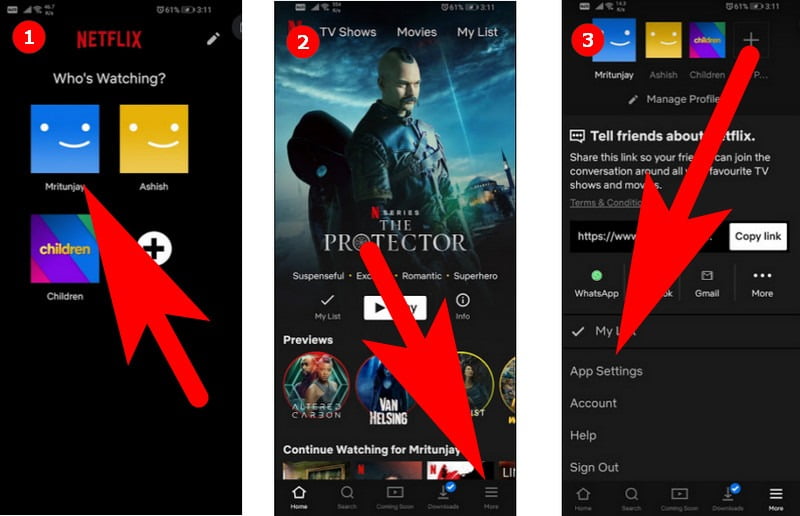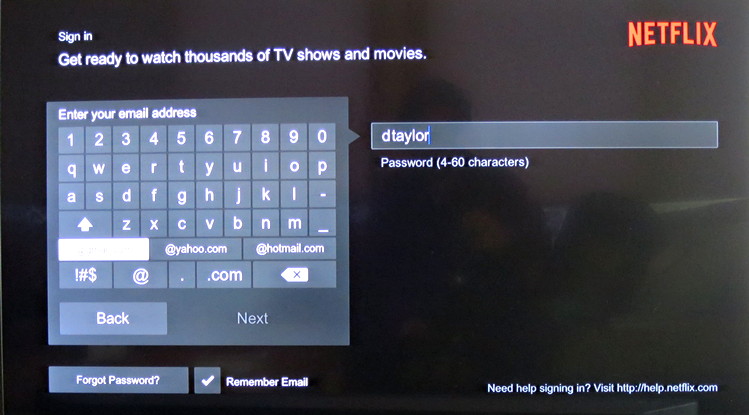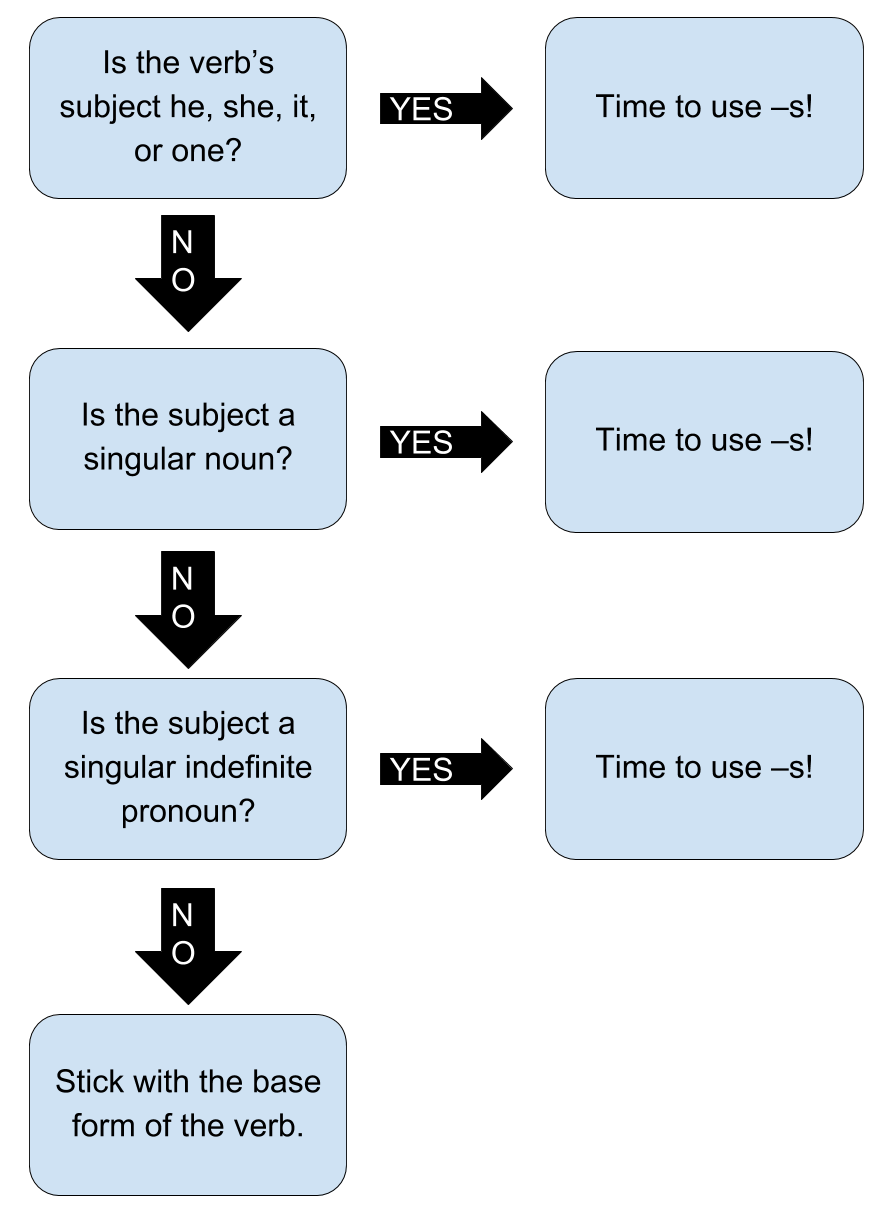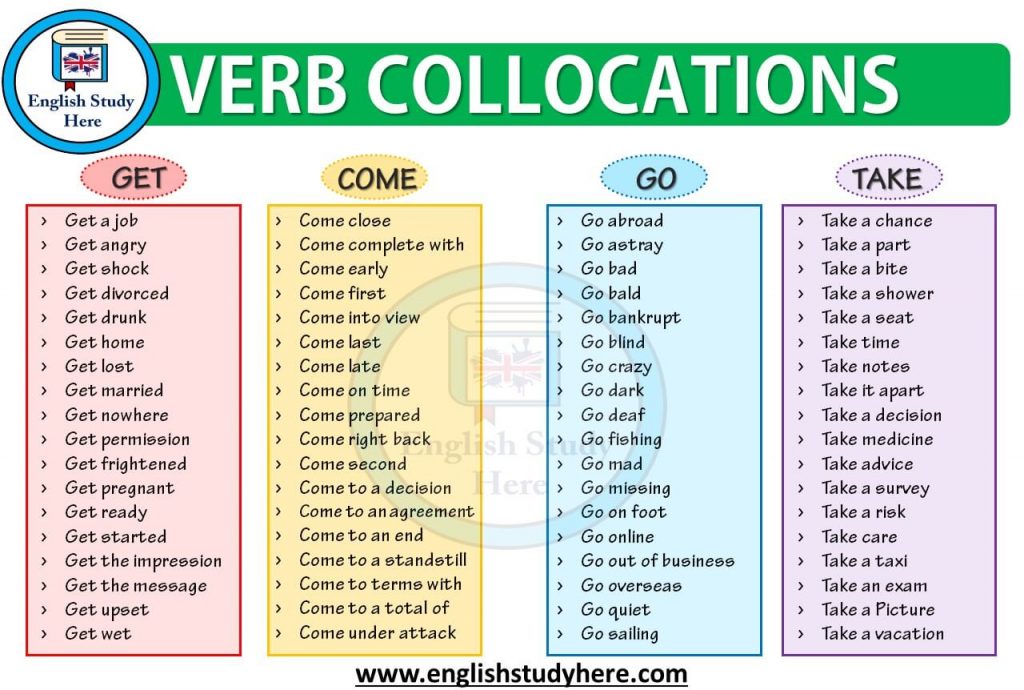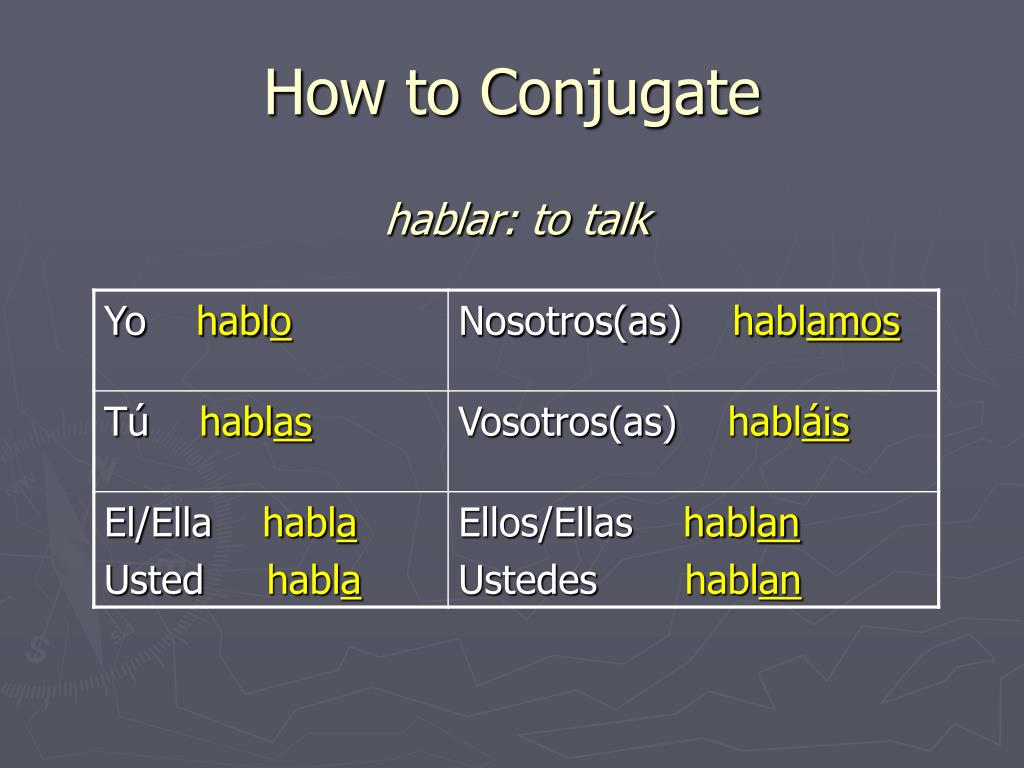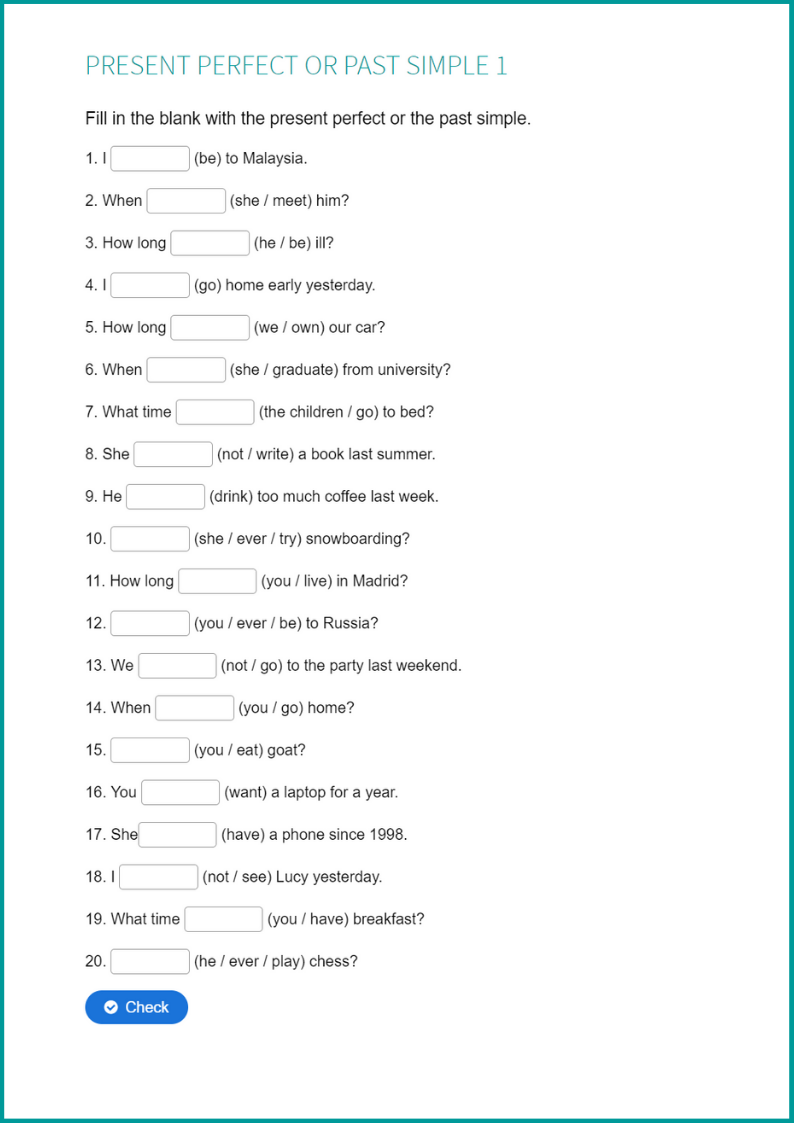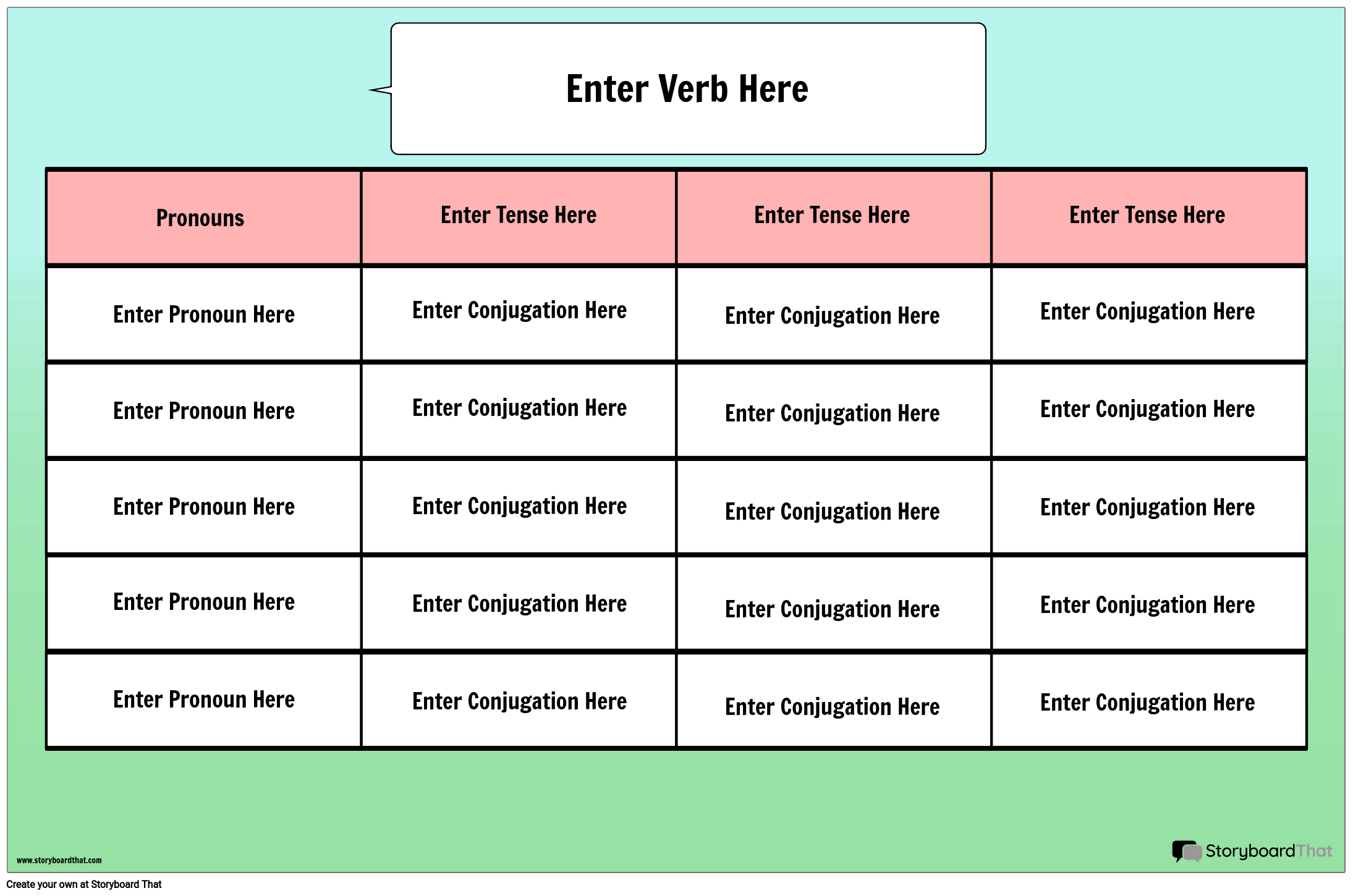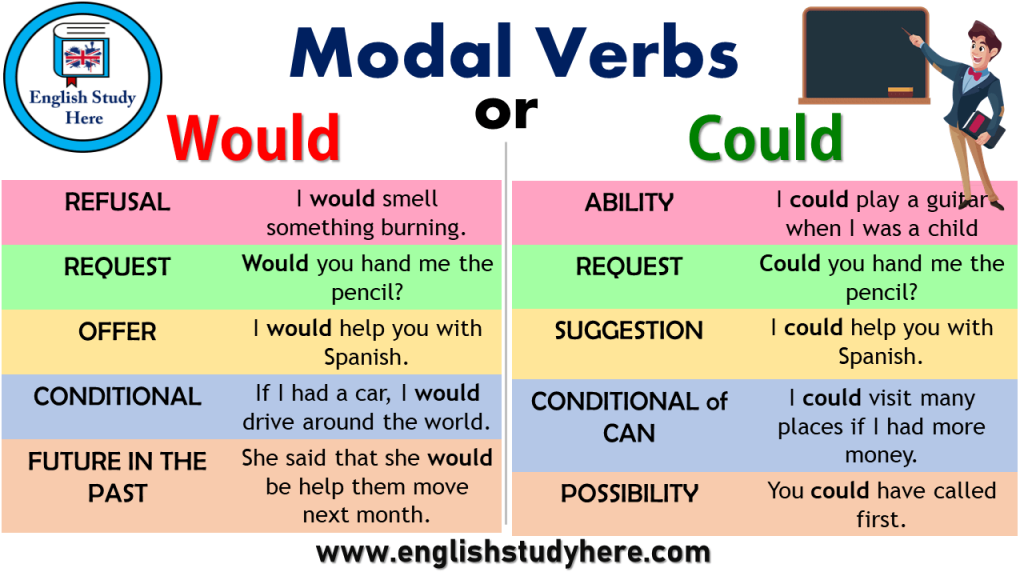Aide Furches
Monday, April 4, 2022
Sunday, February 27, 2022
How To Log Into Netflix Without Password
Changing your Netflix account password frequently can be beneficial if you repeatedly sign in from various devices or share your account with family members or friends. We have discussed different methods to change your Netflix account password and reset it if you can't get hold of the current password. After you change the password using this guide, we highly suggest using a reliable password manager app if you keep forgetting your password.
It allows you to store credentials for various apps and websites in one place and easily access them all from anywhere. And if you have any queries related to changing or resetting your Netflix password, feel free to comment below. Login steps are very easy and simple for Netflix users and also users can save passwords to their devices. Netflix account sharing is a common practice among users. However, the company recommends you distribute one account only to your family members.
If you think you have overshared your account or received an email about a suspicious login attempt, it's wise to change your password. Let's see how you can change your Netflix account password right away. Moreover, we will also look at the reasons why Netflix might stop you from changing the password. You often look at the content of the Netflix since mobile phone And after replacing it with a new one, you can no longer access the service? Can't log into Netflix from your browser because you can't remember your password?
Before you think about the worst, try to recover the password in question from your devices and / or online safes that you use to save your login credentials. There is one another method too to share your Netflix account without giving password. DoNotPay, from this app, you can create a shareable link that you can send to the people you want to share your account with. First, you have to add an extension of DoNotPay to your browser. It will generate codes for both receiver and sender then you have to exchange keys and then you will be able to share your account without giving a password. There is also an exchange feature where you can request access to someone else's account in exchange for accessing your account.
Users must verify their identity before they can access your account and you can revoke access to any account at any time. Power Ventures was liable under the CFAA because it continued to access Facebook's systems after Facebook sent it a cease and desist letter demanding that it stop doing so. Want to watch shows & share a screen with your friends & family? So don't worry, with my given free Netflix account you can use 4 screens at the same time. No matter which plans you choose, you can install the Netflix app on as many devices as you want, and enjoy as many TV shows and movies as you want, anytime, anywhere.
Netflix is a membership site that's just made to be shared. I used to share my account with my Dad, even though we lived in different states. In fact, my account is "two screens + HD", which means that two people at a time can be viewing whatever they want from Netflix.
You plus a child, you plus a sibling, or you plus a friend or roommate. Until other people also start sharing the account, at which point it's not only bad news — what if you're #3 and can't watch a show on your own Netflix account? — but likely a violation of the terms of service anyway. This logs all connected devices out of the Netflix account, and only those with the new password can log back in. If you don't have a phone number linked with your account, you have to use the earlier method and reset the password using your email id.
However, we recommend you add your phone number to your Netflix account for better security. If you have a mobile number added that's no longer active, it's possible to change the existing phone number from the account settings. Are you suspicious about someone using your Netflix account?
Or, you want to login into a new device but can't remember your Netflix password? In any case, you should consider changing your password to avoid suspicious activity on your account. It will provide better security and keep people away from messing up your Netflix recommendations without your notice. So, in this guide, we will discuss how you can change your Netflix password on various devices, ranging from iPhone and Android devices to desktops and smart TVs. Also, we will learn what to do if you can't remember your Netflix password.
So, if you are ready to change your locks, let's begin. If you do think your Netflix has been used by people you don't know, there are two things you should do. First, on the Netflix "My Account" page, click on "sign out of all devices" under settings. This will give your account the boot on every device it's ever been logged into. Be sure not to use one that you've used elsewhere before, and if you can, make it a complicated mix of letters, numbers, symbols, uppercase, and lowercase. I'd suggest some good ones, but I don't need your Netflix password — I have my own.
Safari - After launching the browser, click on the wording of the same name in the menu bar at the top left and, in the box you see, choose the item preferences. In Safari's settings panel, tap the tab Password and enter the admin password Mac. Now, using the search bar, type the term "Netflix" and click the corresponding result to access the saved login details. Although technically against terms of service, this is a common occurrence that Netflix doesn't seem to take issue with. There is plenty of anecdotal evidence of users sharing accounts with partners or family members that live in different cities or even in different countries without problems. A poll conducted on Android Authority also showed that many people share their digital streaming logins with others.
Usually, users would only need to provide their account details once. After that, their Netflix account would remain logged in unless they switch devices or reset it. Some users may forget the password for their account or mix it up with passwords from other platforms. Netflix and other apps/services usually don't provide a way for you to see your own password on the app.
If you can't remember your Netflix password to log in to a new device, chances are you have to reset your Netflix password. Netflix asks you to add a phone number to your account for emergencies such as changing your password. All you need is to have the phone number active as Netflix will send you a verification code, which you have to enter on the login help website. Let's see the steps for resetting your password using a phone number on Netflix. And then, the steps below will allow you to recover your password with ease, so keep reading. The option to change account settings on Netflix requires you to use a web browser.
The company wants to keep its account holders secure, so it avoids presenting such settings on other devices like your mobile app or smart TV app. In Safari's settings panel, tap the tab "Password" and enter the option of "Mac admin password". Now you just have to use the search bar, type "Netflix" and click on the result to access the saved login details. First, and don't hate me for saying this, it's possible that you are typing in the wrong user name and password.
Hey, I've done it and I think we all have at least once or twice. All it takes is one misplaced letter or typing in upper case instead of lower case and suddenly you can't login to your favorite streaming service, or any other online account. You can select the option saying "Require all devices to sign in again using the new password" if you want to kick out other people using your Netflix.
Uncheck the box if you want people to continue using the account without interruptions. I recommend you log out from all devices for better security. In fact, all the most popular web browsing programs have a specific function that ensures the secure storage of the credentials entered on sites, online services and social media . Go back to your email and follow the steps in the new Netflix password reset email. Once logged in, click on your profile on the upper right corner of the screen. On the account page, click on the "Change password" just beneath the "Change email" option.
You won't know if someone else is watching movies on your Netflix account unless all of your streams are being used at one time. Depending on the plan you have, you can only watch on 2-4 devices at one time.u003cbru003eu003cbru003eNetflix will tell you that you must free up a stream for you to continue watching. Outside of that, the only way to know if someone else is logged in is by following the steps above. Your username and password could be shared by your friends with their friends and family, resulting in like a whole bunch of people you don't even know, using your account. Finally, the voice call option allows Netflix to call you with a verification code. As with the previous step, enter the phone number attached to your Netflix account and click Call me.
How To Login In Netflix Without Password Allow a few seconds for automated phone calls with the verification code to call your phone. When you receive the code, enter the code and press Verify. If you choose the text message option, enter the phone number attached to your Netflix account. Click the Text Me button and wait a few seconds for a text message containing the verification code. Enter the verification code and click the Verify button. Once done, you can create and confirm a new password.
Moments after completing the request, we will receive the necessary instructions to reset our password. You just have to follow the steps indicated in the email or in the SMS. As a general rule, what the message sent to us from Netflix contains is a verification code valid for 20 minutes. In this internet age, people are prone to use the internet for every possible work. And to eliminate the use of old-school televisions, Netflix launched their media streaming service around 20 years ago for the US.
And in the last two decades, it has grown exponentially and is now available to most of the world. Netflix has a great and vivid collection of TV shows, movies and even documentaries that members can't resist to binge watch. The spotlight will always be on its futuristic algorithm that predicts your recommendations to watch in the future based on your viewing history. This will not only bind and improve the user experience, but it will also allow users to watch what they want to watch. You can also reset your Netflix account password or login into it. Otherwise, you can give it a try to access Netflix if the email is already logged into the device.
In this situation, a Netflix account must be registered with the same email address. Here are a few more options to go ahead and reset the password and then you can see the password displayed there while resetting it. To reset your password through email, text messages or you can simply recover the account using billing information. Then you can check your password displayed on the screen and you can make a note of your password for future references.
Netflix has the best content to watch like horror, romance, sad, and many more content and documentaries as movies and web series. As it is an online platform people can watch or stream from any part of the world through the internet. Users need to have a membership in order to watch or stream Netflix on their devices, membership plans can be monthly or yearly paid by the user. Even then, if you emailed them that password and someone hacks your company's email, your password is still compromised.
If you shared it in a text message and you lose your phone, same story. You can't control other people's digital hygiene.Even if the person you share a password with is trustworthy, what about someonetheychoose to share that password with? What if they write it down on a sticky note and leave it on their work computer?
What if they leave your account logged in in a public place? Even without malicious intent, fully revealing passwords toanyonesignificantly increases your "attack surface"—the open avenues by which someone could hack or compromise your accounts. With Netflix, you will also be able to stream content on 4 screens simultaneously. As a result, if you are someone who shares their Netflix account with their friends and family, then this feature will be pretty helpful.
Also, all the 4 screens will be available across all the devices and not just smartphones. Fortunately, there's a way for you to know and find your Netflix password without resetting it, while you're logged in to your device. However, this doesn't involve the Netflix app on your Android, iPhone, Windows 10, or smart TV because Netflix simply won't let it. Click the "Sign Out" button to have Netflix automatically sign out all the devices signed into your Netflix account. This will forcibly log out all the devices you can see on the Recent device streaming activity page.
So, if you once signed into Netflix on a TV at an Airbnb, that TV will no longer be signed into your Netflix account. If you haven't actually shared your password with anyone, you're done. With LastPass, you can sign up for a business or a personal account.
With either, you will have access to a dashboard that shows all of the services where you have a saved password. You can click on any of the options to reveal your login details. The security measure is raising worries Netflix is going to put an end to password sharing among friends and family members.
However, the company is signaling the feature is merely a small-scale test focused on trying to stop hackers from using a Netflix account. That's it, once you've done that, the other person will be able to access your streaming account without the need of your password. There are a few additional notes regarding the service, however.
For one, DoNotPay will only allow you to share each service with up to five people. Also, because it is using a Chrome extension, this can only be used on desktop and is not available through the actual streaming apps or through mobile use. The research company found that overall, nine per cent of streaming platform users engage in password sharing.
If you have revealed your password to someone else and the person has changed it without your permission. Use your phone number, email id, or billing details to reset your password by visiting the Netflix login help webpage. Follow the steps mentioned in this detailed guide.
Friday, January 21, 2022
What Are Verb To Do
"Do" and "does" sentence examples are a great way to begin learning about the verb "to do." Some forms of "do," including "does," are examples of helping verbs in English. These kinds of verbs extend the meaning of the main verb in a sentence. Before you compare "do" and "does," it helps to understand verb tenses. It is also common to use do, does and did as auxiliary verbs together with another verb in its base form. This is used to create negative sentences, questions, or for adding emphasis. The verb "to do" can be used either as a main verb or an auxiliary verb.
We are going to look at how to use the auxiliary verb "do" correctly in questions and negations in the present simple. However, there are also quite a few verbs in English that do not follow this pattern at all. Irregular verbs do not follow a set pattern and have unpredictable forms. Three examples of irregular verbs are 'to be,' 'to do,' and 'to have.' In this lesson, we'll look at the different forms these verbs take when used as the main verb in a sentence.
The past participle is used for the perfect tenses. In regular verbs, it's the same as the simple past tense, so there's nothing extra to learn. However, irregular verbs often use unique past participles, so you may have to memorize their forms. As you can see, the auxiliary verb "to be" helps us to understand if something is in the passive voice or if it is a progressive/continuous verb tense. We use different auxiliary verbs to help main verbs and give them more meaning. For example, we can use "do" to help us understand that a sentence is a question or a negative.
In this example, "Have" is the auxiliary verb and "been" is the main verb. It is important to understand that the auxiliary verb doesn't mean anything but helps the verb "to be". Have shows that this is the present perfect tense. The opposite of a transitive verb is an intransitive verb. A verb is an intransitive verb if it is not used with a direct object. Remember, only nouns, pronouns, and noun phrases can be direct objects.
Prepositional phrases, adjectives, and adverbs cannot be used as direct objects. Once again, both action and stative verbs can be used as intransitive verbs. Auxiliary verbs, or "helping verbs," are used in English to change another verb's tense, voice, or mood. When auxiliary verbs are used, there's always a main verb that represents the main action.
However, the auxiliary verb must still be conjugated correctly. Do is one of the most common auxiliary verbs in English and it can be difficult for students because you often do not use this in your own language. We use do/does to make a question or a negative except with be, will and modal verbs. Well everyone, we hope that today's post has clearly explained how to use the verb "to do" as an auxiliary verb as well as how to use it in negative sentences. Helping verbs, also called auxiliary verbs, are helpful verbs that work with other verbs to change the meaning of a sentence. A helping verb combines with a main verb in order to accomplish different goals.
These include changing the tense of the verb or altering the mood of a sentence. When we write sentences or clauses, we need to include a verb. A verb is a word that we use to refer to actions and states of being . For example, the words describe, eat, and rotate are verbs. As you are about to see, verbs come in a lot of different types that don't all behave the same way. When using proper grammar, it is important that you use verbs correctly.
So, we are going to explore the many different types of verbs that we use and how to successfully use them to create great, clear sentences. Auxiliary verbs are also called helping verbs. An auxiliary verb extends the main verb by helping to show time, tense, and possibility. The auxiliary verbs are – be verbs, have, and do.
Do as an auxiliary verb is used to form thenegativeand interrogative sentences of other verbs. It is also used in an affirmative sentence to give emphasis. In its negative form (don't), it can function as negative imperative but only in the present tense.
They do not learn the present participle and 3rd person singular present simple for regular or irregular verbs for another very simple reason - they never change. Our last type of verb isn't actually a verb at all—sorry about that! However, infinitives look a lot like verbs because they are derived from them. An infinitive of a verb is identical to the base form of the verb.
For example, the infinitive form of the verb open is open. Typically, we use infinitives with the word to in order to form infinitive phrases. Infinitive phrases can be used for a variety of reasons, such as to act like nouns, adjectives, or adverbs.
Auxiliary use - You can only use modal verbs as auxiliary verbs, in order to modify the meaning of the main verb. The auxiliary verb do is used to make questions and negative sentences in the simple present tense. Future perfect continuous tense functions just like the future perfect tense, except with an ongoing action. The major difference is that with the future perfect tense, the event will have ended, but with the future perfect continuous, the event would still be happening by that time in the future. Both, however, are frequently used with expressions of time. The past of the "To Do" verb is the word "did".
It is used for all the different subjects, so it's very easy to use. It is used mostly to make questions, negative and affirmative sentences in the simple past of "To Do", and to form some other complex past tenses. They do not work as verbs in the sentence rather they work as nouns, adjectives, adverbs, etc. Non-finite verbs do not change according to the number/person of the subject because these verbs, also called verbals, do not have any direct relation to the subject. Do can be used as main verb and as auxiliary verb.
Do as an auxiliary verb is used to form the negative and interrogative sentences of other verbs, as well as for emphasis and negative imperatives. Shouldmustought tosemi-modal verbsneeddareused to We use the word "form" to mean the "shape" or "writing" of the actual verb itself. We use the different verb forms to make the tenses and other verb structures, but they are not the same thing.
We can use modal verbs with adverbs of frequency. For example, we can use the auxiliary verbs can, should and might, which express ability , obligation , and possibility . The phrases do so and do what for questions are pro-verb forms in English.
They can be used as substitutes for verbs in x-bar theory grammar to test verb phrase completeness. Bare infinitives forms often are used in place of the missing pro-verb forms. Below, we explain how to conjugate each of the main tenses in the present, past, and future. Keep in mind that irregular verbs may use different forms.
The past participle of "To Do" is the word "done", which is used mainly to form the perfect tense of a sentence, and also the passive tenses, to express a completed action. It can also be used as an adjective when someone wants to express that something that has come to an end. Sometimes we use these verbs as main verbs and auxiliary verbs which can seem confusing but if you understand how they work as auxiliaries then you should understand. So creating past participle from regular verbs is quite easy.
Unfortunately there are also irregular verbs in English which don't follow a fixed pattern. The best way to do this is to learn them gradually as part of a structured course. This is how students at Wall Street English learn regular and irregular verbs, and it's more practical and fun than trying to memorize a long list. Auxiliary verbs are verbs that add functional meaning to other "main" or "full" verbs in a clause.
They are used to create different tenses or aspects, to form negatives and interrogatives, or to add emphasis to a sentence. However, they do not have semantic meaning unto themselves. We use modal helping verbs to change the "mood" of the main verb. As you see, modal verbs have only one form each.
A transitive verb is a verb that is accompanied by a direct object in a sentence. The direct object is the noun, pronoun, or noun phrase that is having something done to it by the subject of the sentence. Both action and stative verbs can have direct objects, which means they can both be used as transitive verbs. The verb forms of be, do, and have can be used either as a main verb or an auxiliary verb. The following examples show these verbs used as auxiliary verbs.
Regular verbs are verbs that follow a pattern, such as adding '-ed' to form the past tense. Irregular verbs are verbs that do not follow a pattern. As irregular verbs have multiple forms and do not follow a pattern, they simply have to be memorized. 'To be,' to do,' and 'to have' are three examples of irregular verbs.
In the past tense Didn't is used to make a negative sentence for all subjects (I / you / we / they / he / she / it). This is for regular AND irregular verbs in English. Simple present tense is used for actions that happen regularly or things that don't change, such as preferences or opinions. It's made with the root form, unless the subject is third-person singular , in which case you use the third-person singular present form. Are irregular verbs, so you have to pay close attention to using their right forms even when they're not the main verb.
What Is Verb To Do In English But first, you'll want to learn the standard verb forms of the majority regular verbs below. We must choose carefully among these various forms when selecting the proper verb to go with our subject. Singular subjects require singular verbs; plural subjects require plural verbs. We wouldn't write "The troops was moving to the border." But some sentences require closer attention.
Linking verbs work as main verbs in the sentence, but auxiliary verbs help main verbs. Despite being used in the past tense or as a past participle, none of these verbs end in -ed, -d, or are a -t variant verb. Unlike action verbs, stative verbs refer to conditions or states of being. Generally speaking, we use stative verbs to describe things like qualities, states of existence, opinions, beliefs, and emotions. When used in a sentence, stative verbs do not refer to actions.
It is important to know that some verbs can be used as either action or stative verbs depending on their meaning in the sentence. We are less likely to use stative verbs in the continuous verb tenses. Before we explain how to conjugate verbs in English, you need to understand the different forms a verb takes. This helps immeasurably when you conjugate on your own—you just need to use the right form at the right time. Keep in mind that these forms work mostly for regular verbs; irregular verbs each have their own special forms.
Be, do and have as main verbs and auxiliary verbs. Some verbs in this list can also be action verbs. To figure out if they are linking verbs, you should try replacing them with forms of the be verbs. If the changed sentence makes sense, that verb is a linking verb. A linking verbadds details about the subject of a sentence. In its simplest form, it connects the subject and the complement — that is, the words that follow the linking verb.
It creates a link between them instead of showing action. Finite verbs are the actual verbs that are called the roots of sentences. It is a form of a verb that is performed by or refers to a subject and uses one of the twelve forms of tense and changes according to the number/person of the subject.
The main Verb that does not take a direct object specified right afterward and rather there is an indirect one mentioned somewhere along the line is called an Intransitive Verb. These verbs often make the corresponding sentences incomplete. In this lesson we look at the forms of main verbs and helping verbs followed by a quiz to check your understanding. One thing to note here is that "did" is used for positive sentences in the past tense and that the main verb is in its base form.
In both of these sentence types, did is an auxiliary verb (or "helping verb") that is followed by a main verb, which carries the real verb meaning. In the various cases seen above that require do-support, the auxiliary verb do makes no apparent contribution to the meaning of the sentence so it is sometimes called a dummy auxiliary. Historically, however, in Middle English, auxiliary do apparently had a meaning contribution, serving as a marker of aspect . In Early Modern English, the semantic value was lost, and the usage of forms with do began to approximate that found today. In the sentences given above, do is used as an auxiliary verb. Do can also be used as the main verb in affirmative clauses.
When do is used as a main verb, it can refer to any kind of activity. The auxiliary DIDN'T shows that the sentence is negative AND in the past tense. One of the more complicated tenses in English, the perfect continuous tense combines the perfect and continuous tenses at the same time.
How To Read Your Insurance Card Blue Cross Blue Shield
Empty Message
-
"Do" and "does" sentence examples are a great way to begin learning about the verb "to do." Some forms of ...
-
Changing your Netflix account password frequently can be beneficial if you repeatedly sign in from various devices or share your account wit...
-
Empty Message





